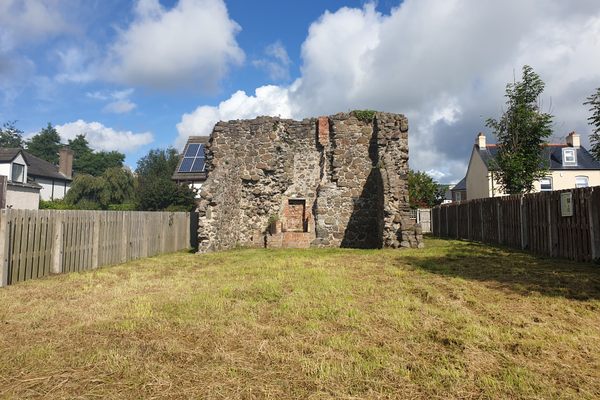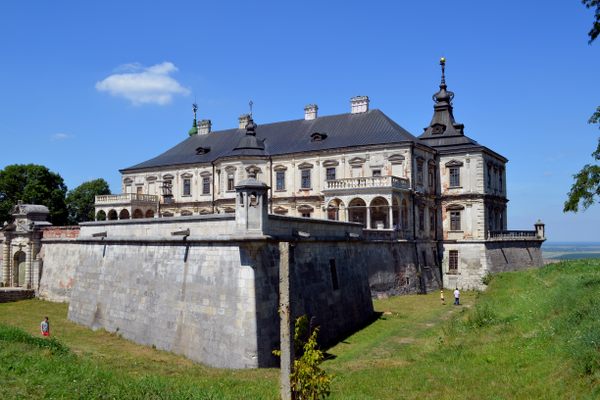About
Rocca Sforzesca is a stunning example of the evolution of castles and fortifications between the Middle Ages and the Renaissance. Its origins date back to 1261 when a 10 tower structure was built on the remains of a pre-existing tower from the 11th-century. At the end of the 15th-century, the rectangular towers proved to be completely unsuitable for countering firearms, such as cannons. Between 1472 and 1484 the towers were changed into thicker circular structures and renovated by the Sforza family, along with the rest of the castle.
One of the ancient rectangular towers is still recognizable, incorporated with the south-east tower while the central one, il Mastio, was maintained.
At the end of the 15th-century Caterina Sforza, one of the most important female figures of the Renaissance, also known as Lady of Imola and Forli, lived in the castle. She was an example of Machiavellian resoluteness. Niccolò Machiavelli, the famous diplomat and writer wrote that in 1488 she came under attack and her enemies threatened to kill her sons. To avoid this fate, she climbed to the top of the castle, raised her dress, and shouted, "Kill them if you will, I have the means to make many more!"
Between 1499 and 1500 Cesare Borgia, Duke of Valentine and the illegitimate son of Pope Alessandro VI, attacked the region and conquered Rocca Sforzesca. He later captured Sforza in the castle of Forli', as she put up a final stand with weapons in hand. Many legends and tales have arisen over the centuries about Sforza.
It was said that Sforza, named by many "Tygre" the Tiger of Imola and Forli', used to throw her enemies into the well of Rocca Sforzesca, which was reinforced with sharp blades. Another story claimed that she built the castle with the help of the devil. Local residents say that her ghost appears to visitors who get too close to her treasure hidden in the castle's dungeon.
Perhaps the most popular legend states that during a full moon, it's possible to see her standing on the wall of Rocca, waiting for the arrival of the Borgia army. She was also an expert in alchemy and wrote the book, Liber de experimentiis Catherinae Sfortiae.
Related Tags
Know Before You Go
The usual opening schedule is:
Saturday 3:00 p.m. - 7:00 p.m.Sunday 10:00 a.m. - 1:00 p.m. and again 3:00 p.m. - 7:00 p.m.
An entrance fee does apply. Il Palazzetto, the main residence, is not visitable.
Flavors of Italy: Roman Carbonara, Florentine Steak & Venetian Cocktails
Savor local cuisine across Rome, Florence & Venice.
Book NowCommunity Contributors
Added By
Published
September 16, 2020


























































